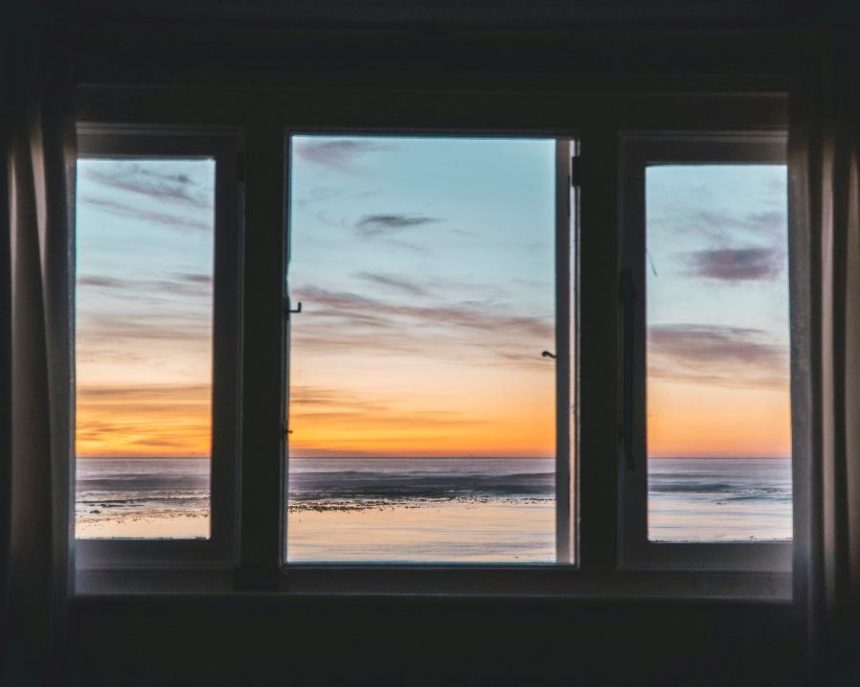Creating a home that feels both stylish and enduring is an art that balances function, comfort, and aesthetics. In an era where design trends shift rapidly, timeless styles stand out because they offer enduring appeal and adaptability.
Modern homes are increasingly blending classic elements with contemporary touches, ensuring that spaces remain relevant for years to come. In West Palm Beach, Florida, the principles of timeless design can elevate any living environment and bring warmth, elegance, and harmony into a home.
Revamping the Windows for Lasting Elegance
Windows play a crucial role in defining the character and ambiance of a home. Beyond their functional purpose, they serve as a bridge between the interior and exterior, shaping how natural light, ventilation, and views interact with living spaces.
In modern architecture, well-designed windows enhance both aesthetics and energy efficiency. In West Palm Beach impact windows are popular as the area is known for its coastal climate, where strength and durability are essential. Their design combines resilience with elegance, allowing homeowners to enjoy unobstructed views and abundant sunlight without sacrificing safety.
The charm of large windows, especially those with minimal framing, lies in their ability to make rooms feel spacious and connected to nature. Timeless window designs avoid overly ornate trims and instead emphasize clean lines and neutral tones. Pairing them with soft curtains or sheer drapes ensures a sophisticated yet relaxed look. Well-placed windows can also highlight key architectural details, turning natural light into a design feature that changes with the time of day.
Neutral Color Palettes That Never Age
Color has a profound effect on mood and perception. Timeless design often leans toward neutral shades because they provide a calming backdrop that complements a variety of styles. Whites, soft grays, beiges, and earthy tones form the foundation of many enduring interiors. These colors not only make spaces feel open and balanced but also allow furniture, art, and décor to stand out naturally.
Neutral hues also provide flexibility when redecorating. A change in accessories or textiles can refresh the entire look without needing a full renovation. The key is layering different textures—linen, cotton, leather, and wood—to add depth and warmth to a neutral palette.
Quality Materials and Natural Textures
Timeless design is built on the principle that quality never goes out of style. Investing in well-crafted materials such as natural stone, wood, and metal ensures that interiors age gracefully. Hardwood floors, for example, develop character over time, while stone countertops and solid wood cabinetry bring authenticity and durability to daily living spaces.
Incorporating organic textures connects the home to nature and adds visual interest without relying on temporary trends. Elements like woven rugs, rattan chairs, and linen upholstery balance sleek surfaces with warmth and tactility.
Open and Functional Spaces
Open floor plans continue to define modern living, yet the timeless aspect lies in how spaces are arranged rather than how large they are. The goal is to create flow and connection between rooms while maintaining a sense of purpose for each area. A well-designed layout allows natural light to travel freely and encourages social interaction without sacrificing privacy.
Functional furniture placement is equally important. Pieces should promote easy movement and comfort, with attention to scale and proportion. Built-in storage solutions help keep clutter out of sight, preserving a clean and organized aesthetic. The best designs combine practicality with beauty, ensuring that each room serves its role efficiently without compromising style.
Minimalism with Character
Minimalism remains a hallmark of timeless design, but true minimalism is not about emptiness—it is about intention. Every piece in the home should have meaning and contribute to the overall harmony of the space. Simplicity allows architectural details, materials, and craftsmanship to shine without distraction.
Incorporating personal touches, such as artwork or heirloom pieces, ensures that minimalist spaces feel soulful rather than sterile. The balance between simplicity and individuality is what keeps minimalistic interiors engaging and enduring.
Bringing the Outdoors In
A connection to nature enhances well-being and beauty in timeless homes. Integrating natural elements through plants, indoor gardens, or large windows that open to scenic views adds vitality and freshness to interior spaces. Even small touches, like potted greenery or floral arrangements, bring life and movement to a room.
Natural materials in furniture and décor—such as stone planters, clay vases, or wooden frames—complement this organic aesthetic. The presence of greenery also softens the look of modern architecture, blending the boundaries between interior and exterior living.
Subtle Architectural Details
While modern design often emphasizes simplicity, timeless interiors find ways to incorporate subtle architectural features that add character. Crown moldings, wainscoting, coffered ceilings, or arched doorways can elevate a space without making it feel dated. The key lies in proportion and restraint—details should enhance, not overpower, the room.
Using natural finishes like stone fireplaces or wood beams introduces heritage and authenticity. These features act as quiet focal points that bring warmth and texture to contemporary layouts.
Enduring Furnishings and Decor
Furniture that withstands time is defined by its craftsmanship, materials, and silhouette. Classic pieces with clean lines and solid construction integrate well into evolving design schemes. A well-made sofa, an elegant dining table, or a sturdy wooden sideboard can adapt to new accessories or wall colors effortlessly.
Decorative accents like mirrors, simple artwork, and textured throws complete the look without overwhelming it. The guiding principle is balance—each object should contribute to comfort and beauty while leaving room for visual breathing space.
A Home That Endures
The beauty of timeless design lies in its adaptability. Trends come and go, but the essence of a well-designed home remains constant: quality materials, thoughtful proportions, and harmony between aesthetics and function. By focusing on enduring elements—neutral tones, natural textures, balanced light, and meaningful details—modern homes can achieve a sense of calm and continuity that never fades.
A home designed with these principles in mind becomes more than just a living space. It grows with its inhabitants, evolving naturally while maintaining its soul. True timelessness is not about resisting change but embracing it gracefully, ensuring that every room continues to tell a story of comfort, elegance, and lasting beauty.
Lynn Martelli is an editor at Readability. She received her MFA in Creative Writing from Antioch University and has worked as an editor for over 10 years. Lynn has edited a wide variety of books, including fiction, non-fiction, memoirs, and more. In her free time, Lynn enjoys reading, writing, and spending time with her family and friends.















